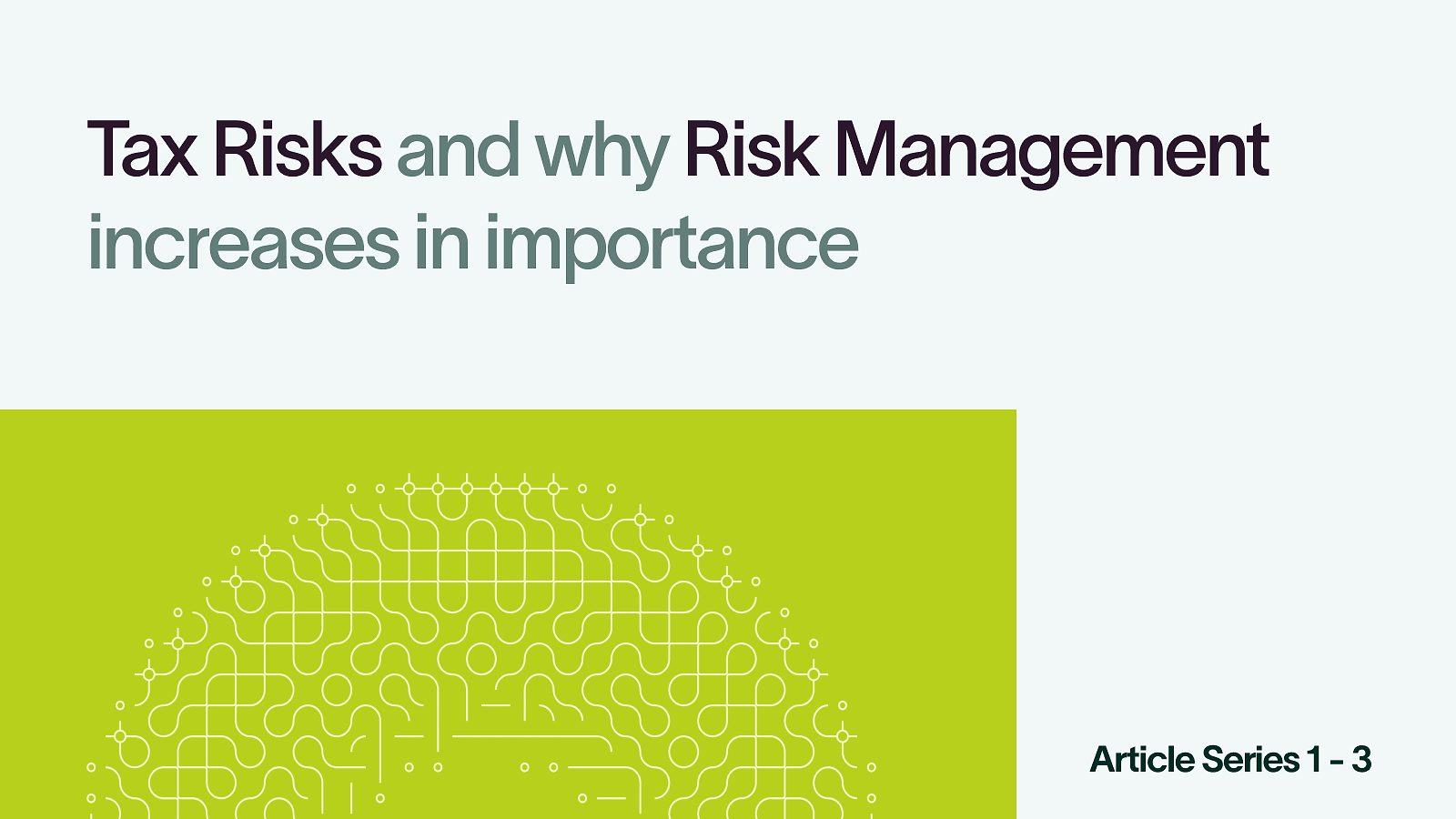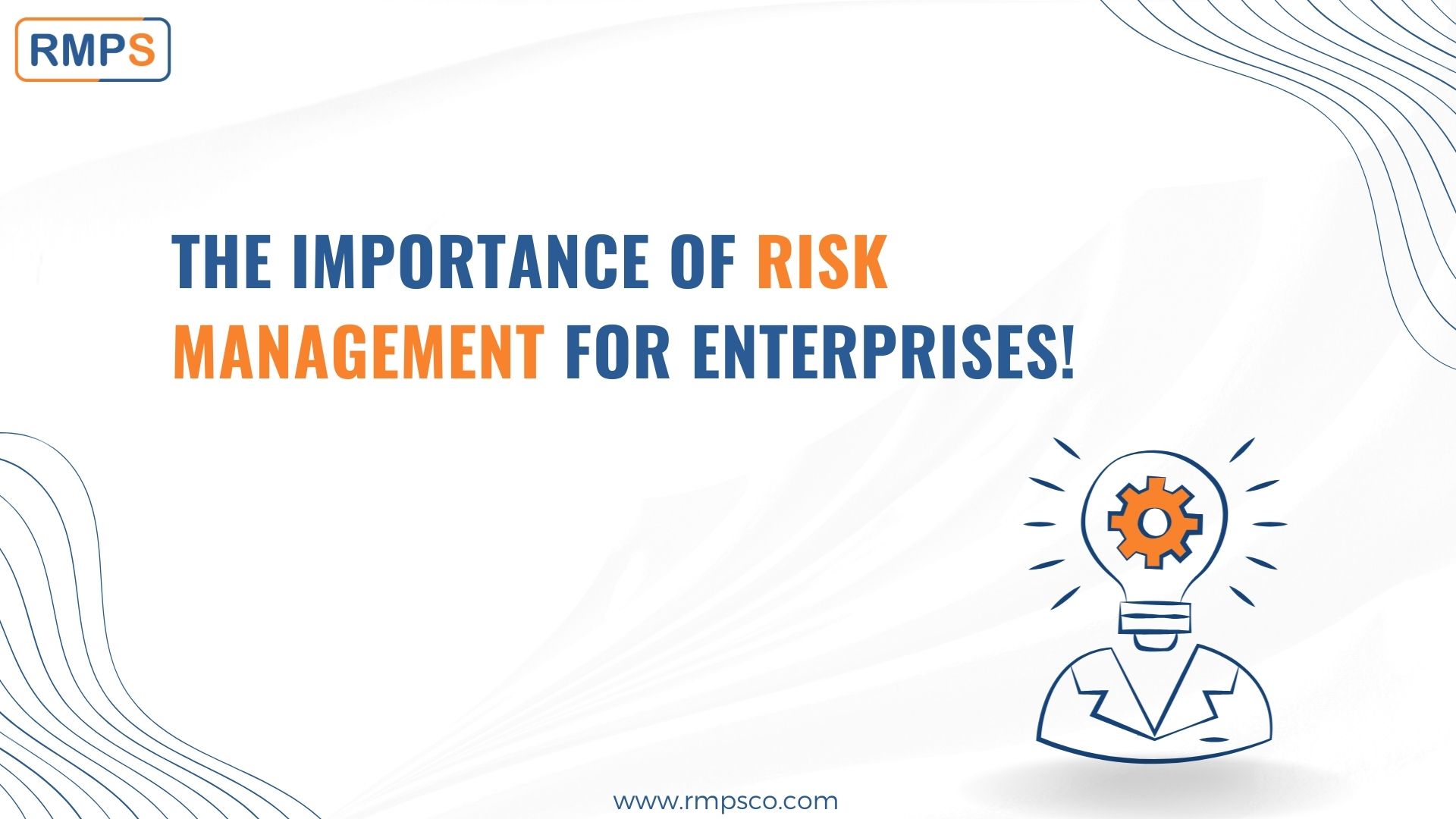Enhancing Operational Efficiency Through the Importance of Risk Management
Enhancing Operational Efficiency Through the Importance of Risk Management
Blog Article
The Critical Value of Risk Management in Getting Business Objectives
In the rapidly developing organization landscape, the capability to browse uncertainty has actually ended up being an imperative. This is where Risk Management actions in, offering a structured strategy to recognizing, evaluating, and mitigating possible obstructions to proceed. It's greater than simply a safety measure - it's a calculated tool, promoting durability and technology. As we check out the critical duty of Risk Management in attaining organizational objectives, one can not assist yet ask yourself: just how does this equate right into real-world success?
Recognizing the Idea of Risk Management in Business

The Indispensable Role of Risk Management in Strategic Preparation
Incorporating Risk Management into strategic preparation acts as a guard for companies, anchoring their long-term plans with a strong foundation of readiness and resilience. Risk Management uses a structure for preparing for uncertainties and designing ideal reactions, making sure the organization's survival and prosperity even in the face of misfortune. By integrating Risk Management right into calculated preparation, organizations can change these uncertainties right into chances for growth and advancement.

Methods for Identifying, Assessing, and Focusing On Risks
The process starts with Risk recognition, employing tools such as SWOT evaluation, which assists in determining prospective hazards and chances. Next, Risk evaluation is conducted to determine the prospective influence and likelihood of each Risk. Threats are focused on based on their possible impact and chance, enabling organizations to concentrate their resources on high-priority risks.
Protecting Business Workflow With Effective Risk Management
In business landscape stuffed with unpredictabilities, efficient Risk Management plays a critical role in guarding organizational operations. It functions as a safety shield, alleviating the negative effects of prospective dangers and guaranteeing the smooth performance of all procedures. By recognizing and assessing potential risks, Risk Management makes it possible for companies to develop robust contingency strategies. This preventative strategy help in maintaining functional stability, also when faced with unexpected scenarios. Fundamentally, Risk Management is the lifeline that maintains the organizational operations afloat amidst unstable waters. It guarantees not just the survival yet the lasting growth of a company, making it a vital tool in accomplishing organization objectives. Companies must spend in extensive Risk Management strategies to guard their procedures.

Converting Potential Threats to Opportunities: The Power of Risk Management
An aggressive approach to run the risk of Management involves recognizing, analyzing, and focusing on risks to design approaches that turn them into potential benefits. Hence, by leveraging the power of Risk Management, organizations can not just secure their procedures but also stimulate development and accomplish their goals in an uncertain organization setting.
Situation Studies: Success Stories of Risk Management Driving Business Objectives
Successful execution of Risk Management approaches has yielded excellent results in numerous companies, highlighting the advantages of this strategy. Multinational business like Microsoft and Google, for instance, have actually leveraged Risk Management to decrease threats and manipulate opportunities, driving their business objectives forward. These examples show how successful Risk Management can not just steer organizations clear of possible pitfalls but additionally lead them towards my link their calculated goals.
Final thought
In final thought, Risk Management is basically important in More Bonuses achieving organizational goals. By incorporating Risk Management into strategic planning, organizations can much better navigate uncertainties, protect procedures, and capitalise on opportunities, thus lining up with lasting purposes.
At its core, Risk Management is the procedure of recognizing, assessing, and dealing with potential threats that could adversely influence a company's operations or objectives. Next, Risk evaluation is conducted check out this site to identify the possible impact and possibility of each Risk. Threats are focused on based on their prospective impact and probability, enabling organizations to focus their resources on critical threats. By determining and examining possible hazards, Risk Management allows organizations to establish robust backup strategies. A positive strategy to take the chance of Management involves determining, analyzing, and focusing on risks to devise methods that turn them into prospective benefits.
Report this page